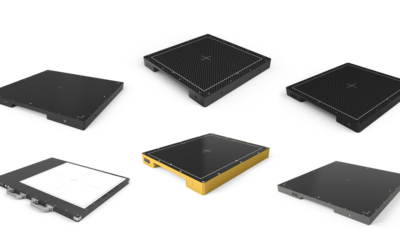
With low back pain prevalent in workers’ compensation, a new study from the Workers Compensation Research Institute (WCRI) highlights large interstate variations in the use of early magnetic resonance imaging (MRI) and lumbar decompression surgery for injured workers with low back conditions. It also finds that state-adopted medical treatment guidelines and mandatory use of these guidelines in utilization review, reimbursement, and dispute resolution tend to be correlated with a lower rate of lumbar decompression surgery.
 “This is the first study that looks at the impact of treatment guidelines in combination with utilization management policies on patterns of medical services for low back pain,” said John Ruser, president and CEO of WCRI. “In spite of limitations, we were able to identify several key interactions between state-adopted medical treatment guidelines and state policies that encourage compliance. While medical treatment guidelines alone may not have a significant impact on practice patterns, guidelines in combination with utilization management and reimbursement policies may help encourage greater adherence with guidelines.”
“This is the first study that looks at the impact of treatment guidelines in combination with utilization management policies on patterns of medical services for low back pain,” said John Ruser, president and CEO of WCRI. “In spite of limitations, we were able to identify several key interactions between state-adopted medical treatment guidelines and state policies that encourage compliance. While medical treatment guidelines alone may not have a significant impact on practice patterns, guidelines in combination with utilization management and reimbursement policies may help encourage greater adherence with guidelines.”
Below is a sample of the findings from the study Do Treatment Guidelines Influence Early MRI and Decompression Surgery for Low Back Pain?
- Early MRI (within six weeks of injury) was ordered and performed frequently in most study states. For low back claims with nerve involvement that had more than seven days of lost time, the percentage of claims with early MRI ranged from 18 percent in Massachusetts to 55 percent in Florida (with the 27-state median at 36 percent). More frequent use of early MRI is inconsistent with most medical treatment guidelines adopted by workers’ compensation jurisdictions.
- The percentage of claims that received lumbar decompression surgery during the first year of treatment varied widely, ranging from 3.2 percent in Delaware to 21.5 percent in Kansas, among low back claims with nerve involvement that had more than seven days of lost time.
- More extensive use of state-adopted medical treatment guidelines in utilization review and dispute resolution tend to be correlated with a lower rate of lumbar decompression surgery. State-adopted treatment guidelines, if referenced in reimbursement rules, are also correlated with a lower rate of lumbar decompression surgery.
- It appears that a higher rate of early MRI is associated with a higher rate of lumbar decompression surgery. While the finding is largely consistent with prior studies, several states (Delaware, Florida, and Pennsylvania) showed different patterns, suggesting other factors may help explain the substantial variations in the use of these services.
The study includes claims from 27 states, with injuries from October 1, 2015, through March 31, 2017. Detailed medical transactions for these claims cover the first year of treatment from the date of injury up through March 31, 2018. The 27 states are Arkansas, California, Connecticut, Delaware, Florida, Georgia, Illinois, Indiana, Iowa, Kansas, Kentucky, Louisiana, Maryland, Massachusetts, Michigan, Minnesota, Missouri, Nevada, New Jersey, New York, North Carolina, Pennsylvania, South Carolina, Tennessee, Texas, Virginia, and Wisconsin.
To learn more about this study, visit WCRI’s website at www.wcrinet.org/reports/do-treatment-guidelines-influence-early-mri-and-decompression-surgery-for-low-back-pain. The study was authored by Dongchun Wang, Kathryn Mueller, and Randy Lea.








